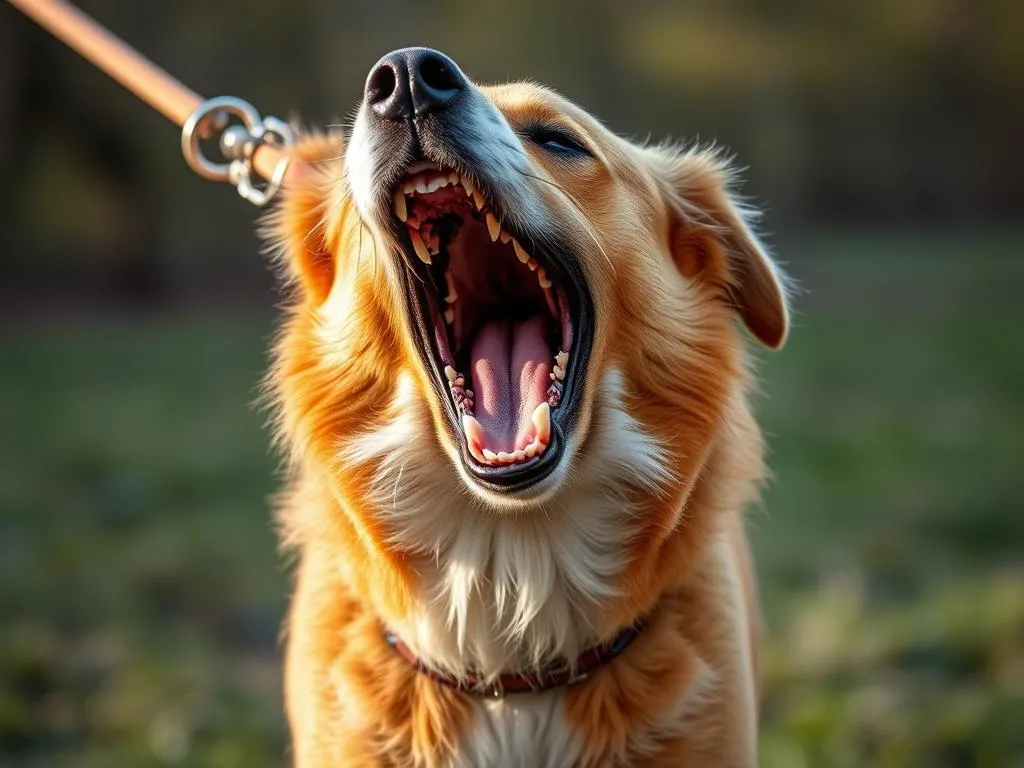
Introduction
Dog attacks can be a distressing experience for both dogs and their owners. According to various studies, thousands of dog bites occur annually, with a significant number involving off-leash incidents. Understanding how to stop an off-leash dog from attacking your dog is crucial for maintaining peace during your walks and ensuring the safety of your furry friend.
Dog owners need to be proactive in understanding the behavior of other dogs and the best practices for managing encounters with off-leash dogs. This article aims to equip you with techniques to prevent confrontations, manage issues effectively should they arise, and provide resources for further education on dog safety.
Readers can expect to learn various strategies to stop an off-leash dog from attacking, proactive measures for future encounters, and resources that provide additional information on dog behavior and safety.
Understanding Dog Behavior
The Nature of Aggression in Dogs
Aggression in dogs can stem from various triggers, including fear, territoriality, or frustration. Recognizing these triggers early can help you manage encounters more effectively. For instance, a dog that feels threatened may display aggressive behavior, which can escalate into an attack.
Understanding the body language of dogs is essential. Signs of aggression include:
- Growling or barking
- Raised hackles
- Stiff posture
- Bared teeth
Being aware of these signs can help you identify a potential threat before it becomes a problem.
Why Some Owners Choose to Walk Dogs Off-Leash
Many dog owners prefer to walk their dogs off-leash because it offers freedom and the chance for dogs to socialize. Off-leash walking can be beneficial for a dog’s physical and mental stimulation. However, responsible owners should ensure their dogs are well-trained and under control at all times.
Training plays a vital role in off-leash activities. A well-trained dog can respond to commands quickly, ensuring safety for everyone involved.
Preparing for Off-Leash Encounters
Assessing the Environment
Before heading out for a walk, it’s essential to assess your environment. Certain locations, such as dog parks or hiking trails, may have a higher likelihood of encountering off-leash dogs. Familiarizing yourself with local leash laws can also prepare you for unexpected encounters. Many regions have strict leash laws to ensure public safety.
Training Your Dog to React Appropriately
Obedience training is crucial in preparing your dog for potential confrontations. Teaching key commands such as:
- Recall: This command can help you call your dog back to you if they wander too close to an off-leash dog.
- Stay: Ensures your dog remains in one place until you give further instructions.
- Leave it: Teaches your dog to ignore distractions, which can be especially helpful in avoiding confrontations.
Consistency in training will instill confidence in your dog and enhance their ability to respond to your commands in stressful situations.
Using Proper Equipment
The right equipment can make a significant difference when walking your dog. Consider using:
- Leashes: A sturdy, non-retractable leash can offer better control.
- Collars and Harnesses: Choose a well-fitting collar or harness that prevents your dog from slipping away.
- Safety Gear: Reflective gear can keep both you and your dog visible during low-light conditions.
Using appropriate equipment not only enhances safety but also provides peace of mind during walks.
Strategies to Prevent Attacks
Avoiding Confrontation
One of the best strategies to stop an off-leash dog from attacking your dog is to avoid confrontation altogether. If you spot an off-leash dog approaching, consider these techniques:
- Change your route: If possible, turn and go in a different direction.
- Cross the street: This simple act can create distance and reduce the likelihood of interaction.
- Stay vigilant: Always be aware of your surroundings to anticipate potential encounters.
Recognizing the signs of an approaching off-leash dog can also help you react quickly.
Creating a Safe Space
Positioning yourself and your dog effectively can deter an attack. Keep your dog close and use physical barriers, such as trees or benches, to create distance between your dog and the off-leash dog. If you have ample time, try to create a safe area where both you and your dog can retreat until the situation passes.
What to Do If an Off-Leash Dog Approaches
Staying Calm
Your demeanor is crucial during a potentially dangerous situation. Staying calm can help prevent escalation. Dogs are sensitive to human emotions, so a calm and composed presence can help keep your dog relaxed.
Using Verbal Commands
Assertive verbal commands can often deter an off-leash dog. Use a firm voice to issue commands such as “No!” or “Go home!” These commands can convey authority and may dissuade the approaching dog.
Body Language and Posture
Your body language plays a significant role in how dogs perceive you. Stand tall and face the approaching dog without making direct eye contact, which can be seen as a challenge. Keep your movements slow and deliberate to avoid startling the dog.
Handling a Dog Attack
Immediate Actions to Take
If you find yourself in the unfortunate situation of a dog attack, prioritize your dog’s safety. Here are some immediate actions to take:
- Stay between your dog and the attacking dog: This can help shield your pet from harm.
- Use your voice: Yell to distract the attacking dog and divert their attention.
- Avoid physical confrontation: Never try to separate fighting dogs with your hands, as this can lead to injury.
After the Incident
Once the situation is under control, assess your dog’s injuries immediately. If you suspect any injuries, seek veterinary care right away. Document the incident by taking photos of any injuries and noting the circumstances surrounding the attack. This information can be crucial for any legal or reporting purposes.
Legal Considerations
Understanding Dog Laws
Familiarity with local dog laws is essential for any dog owner. Many regions have leash laws that dictate when and where dogs must be leashed. Understanding these laws will prepare you for interactions with other dog owners and can help you advocate for your dog if an incident occurs.
When to Report an Incident
If you encounter an aggressive off-leash dog, reporting the incident may be necessary. This is especially true if injuries occurred or if the dog poses an ongoing threat to other pets or people. Documenting the details of the encounter can help authorities address the situation appropriately.
Insurance and Compensation
Pet insurance can provide peace of mind for dog owners. It’s worth exploring coverage options for veterinary care, particularly if your dog is injured in an attack. Additionally, understanding liability coverage can help you navigate potential legal issues.
Resources for Dog Owners
Training Resources
Finding the right training resources can be pivotal in preparing for encounters with off-leash dogs. Look for local trainers or training programs that focus on obedience and socialization. Online resources and community groups can also provide valuable information and support for dog owners.
Emergency Contacts
Having a list of emergency contacts can save time in critical situations. Keep a handy list of local animal control offices, veterinary clinics, and pet emergency services. Establishing a support network with fellow dog owners can also offer assistance and shared experiences.
Conclusion
In conclusion, knowing how to stop an off-leash dog from attacking your dog is vital for the safety of both you and your beloved pet. By understanding dog behavior, preparing for encounters, and implementing effective strategies, you can significantly reduce the risk of confrontations. Encouraging responsible dog ownership and promoting safety in your community is essential for creating a positive environment for all dog owners.
Taking the time to train your dog and educate yourself on local laws can foster a safer experience for everyone involved. Share your experiences and tips with fellow dog owners to contribute to a safer and more enjoyable community for all.









